Global Study Reveals Altered Brain Structure in Autism
For years, the Mark and Mary Stevens Neuroimaging and Informatics Institute (INI) has been a key contributor to the Autism Center for Excellence (ACE) Network, which aims to advance autism research by studying brain structure and aggregating and sharing data. Jack Van Horn, associate professor of neurology at the Keck School of Medicine of USC, directs ACE’s coordinating center.

Van Horn, along with INI’s Zachary Jacokes and Carinna Torgerson and Andrei Irimia of the USC Davis School of Gerontology, recently published an MRI study of the disorder in Nature Scientific Reports. The researchers studied brain structures of autism patients versus healthy individuals, comparing males and females; they found that sex differences in ASD appear to be linked to differences in white matter, specifically in parts of the temporal and parietal lobes. The results are an important step toward understanding why ASD is almost four times more common in boys than girls.
Now, INI researchers are also one step closer to understanding how autism affects the human brain across the lifespan. This month, one of the largest-ever brain morphometry studies of autism, led by the Enhancing Neuro Imaging Genetics through Meta-Analysis autism spectrum disorders working group (ENIGMA-ASD), was published in the American Journal of Psychiatry.
INI’s Paul M. Thompson, director of the Imaging Genetics Center and principal investigator of ENIGMA, and Neda Jahanshad, assistant professor of neurology, contributed to the study.
“Autism is hard to treat because we lack a deep understanding of how children with autism develop differently, and how best to nurture their brain development,” said Thompson.
“With our global alliance—now studying thousands of children across the world—we are starting to see distinctive brain features in children with autism, and learn how the brain adapts throughout life; we are beginning to have the power to rigorously test and verify factors that may be beneficial for different children.”
The study analyzed MRI scans to identify differences in cortical and subcortical structures between 1,571 patients with ASD and 1,651 healthy controls. Participants from 49 different imaging centers, aged 2 to 64, were included in the analysis. Researchers examined differences in subcortical volumes, cortical thickness and surface area.
ASD subjects had smaller volumes in several brain structures, including the pallidum, putamen, amygdala and nucleus accumbens; they also had decreased cortical thickness in the temporal cortex and increased thickness in the frontal cortex. Cortical development appeared to be most impacted during adolescence, when large differences in thickness were observed. The analysis has led to the first definitive maps of the affected brain regions.
The ENIGMA consortium performs some of the largest neuroimaging studies of rare genetic diseases and psychiatric disorders such as schizophrenia and bipolar disorder, focusing on the interaction between brain health and genetics. The group currently investigates 22 diseases, with researchers in 37 countries analyzing data from more than 53,000 subjects.



